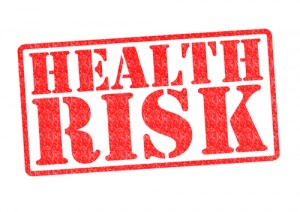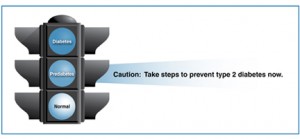 Chronic diseases – such as heart disease, cancer, stroke, and diabetes – are responsible for 7 of 10 deaths among Americans each year. Treatment for people with chronic conditions account for more than 75 percent of the more than $2.5 trillion spent on annual U.S. medical care costs. Obesity is a significant health care cost driver – in 2008, about $147 billion of medical bills were weight-related. With disease risk often related to economic, social, and physical factors, too many people engage in behaviors – such as tobacco use, poor diet, physical inactivity, and alcohol abuse – that lead to poor health and contribute to chronic disease.
Chronic diseases – such as heart disease, cancer, stroke, and diabetes – are responsible for 7 of 10 deaths among Americans each year. Treatment for people with chronic conditions account for more than 75 percent of the more than $2.5 trillion spent on annual U.S. medical care costs. Obesity is a significant health care cost driver – in 2008, about $147 billion of medical bills were weight-related. With disease risk often related to economic, social, and physical factors, too many people engage in behaviors – such as tobacco use, poor diet, physical inactivity, and alcohol abuse – that lead to poor health and contribute to chronic disease.
The indirect costs of poor health—including absenteeism, disability, and reduced work output—may be several times higher than direct medical costs. Productivity losses related to personal and family health problems cost U.S. employers $1,685 per employee per year, or $225.8 billion annually.
Implementing and expanding evidence-based workplace health promotion programs will offer our nation the opportunity to not only improve the health of Americans, but also control health care spending. Evidence shows that workplace health programs have the potential to influence social norms; establish health policies; promote healthy behaviors; improve employees’ health knowledge and skills; help employees get necessary health screenings, immunizations, and follow-up care; and reduce their on-the-job exposure to substances and hazards that can cause diseases and injury. When done well, using evidence-based and best practices, comprehensive worksite health programs can yield on average a $3 return on every dollar spent, over a 2-5 year period.
via CDC – Comprehensive Workplace Health Programs – Workplace Health Promotion.
 A risk factor is any attribute, characteristic or exposure of an individual that increases the likelihood of developing a disease or injury. Some examples of the more important risk factors are underweight, unsafe sex, high blood pressure, tobacco and alcohol consumption, and unsafe water, sanitation and hygiene.
A risk factor is any attribute, characteristic or exposure of an individual that increases the likelihood of developing a disease or injury. Some examples of the more important risk factors are underweight, unsafe sex, high blood pressure, tobacco and alcohol consumption, and unsafe water, sanitation and hygiene.








